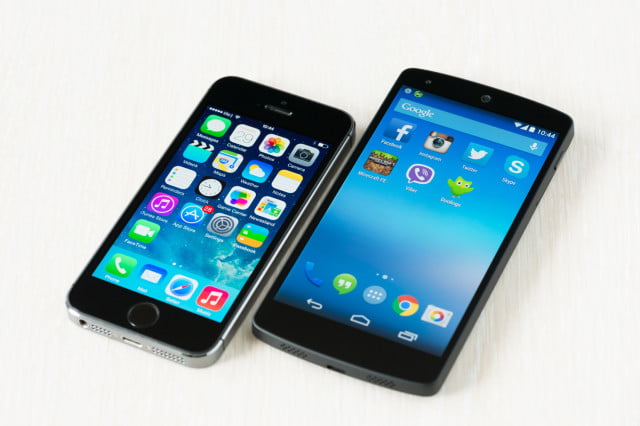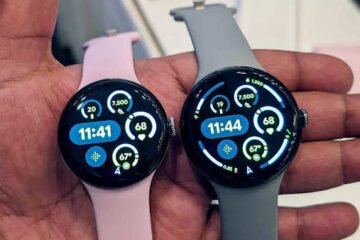
One of Apple’s catchphrases for its devices in years past was “It just works.” That might not be as accurate anymore, according to a new study by Blancco Technology Group. In its latest quarterly “State of Mobile Device and Performance” report, the company claims crash reports have nearly doubled quarter over quarter, suggesting that Apple has its work cut out to improve its software.
Blancco says 58 percent of all Apple devices with its mobile diagnostic tools installed failed at some point during the quarter, compared to only 35 percent of all Android devices, up from just 25 percent last quarter. Sixty-five percent of the crashes on iPhones were due to apps, while Wi-Fi issues accounted for 11 percent of crashes. Headset or data connectivity issues crashed four percent of devices each.
What’s the cause of this dramatic increase in crashes on iOS devices? That’s difficult to ascertain, as Blancco provided little data on the phones in the test themselves. One possibility is a large number of iOS devices participating in the iOS 10 Public Beta were plagued by many of the issues that Blancco found as the most common early on, but have gotten dramatically better with successive releases.
Related: iOS users outspend Android users in in-app purchases, study says
Among the biggest offenders when it came to apps that caused crashes on Apple devices were social media apps, including Snapchat (17 percent), Instagram (14 percent) and Facebook (9 percent). Android, on the other hand, seemed to have more problems with apps native to the OS itself, including Google Play Services (12 percent), Google Contacts Sync (5 percent) and the Address Book (5 percent).
As a whole, crashes on Android devices actually dropped 9 percent quarter-over-quarter, possibly indicating that Google itself might be starting to get a handle on the bugs that seem to plague some of its native apps. It did, however, have a greater rate of hardware-related issues, according to Blancco’s study.
In any case, third-party app stability seems to be much better overall on the Android platform, possibly due to the fact that Android places less restrictions on app developers in how they build their apps for the platform — and that shows in the fact that apps are at fault for crashes 50 percent less of the time than their iOS counterparts.
By device, the iPhone 6 and 6s were the most crash-prone on the iOS site, and Samsung devices fared the worst on the Android side. With Samsung, that might be more of a function of its massive market share. Other poor-performing devices were generally low-cost smartphone purveyors like Lenovo and LeTV. In other words, you get what you pay for.
[Source:-Digital India]




